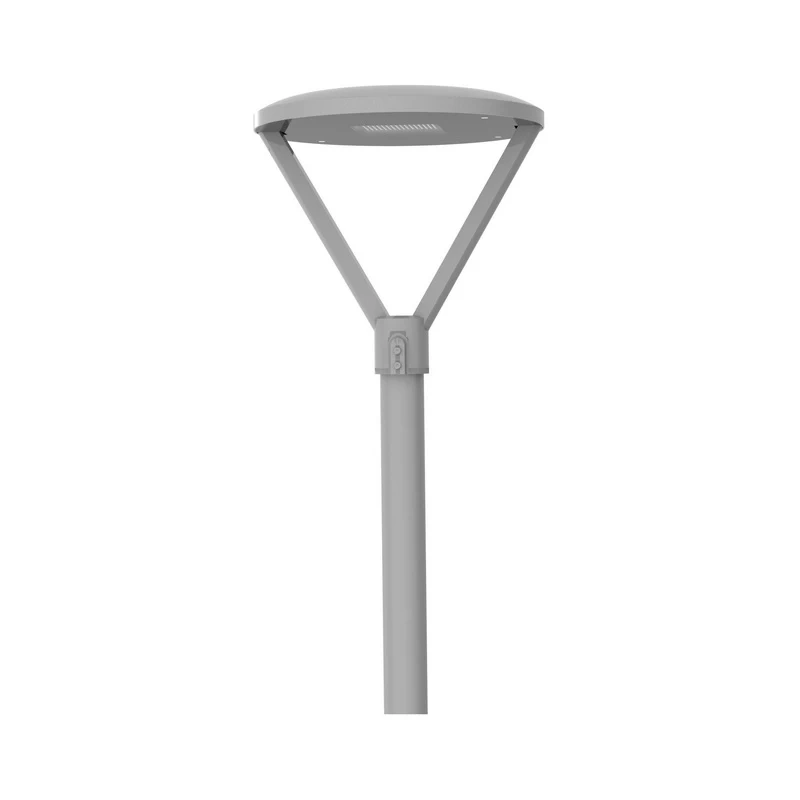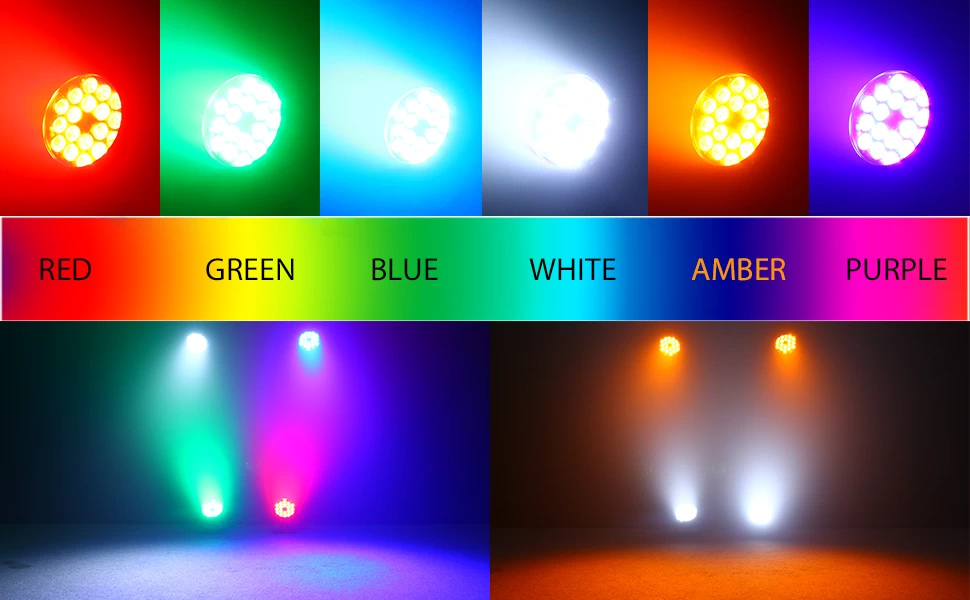Table of Contents
Toggle1. Overvie
A dull sidewalk can become a safe route, and an unassuming garden can become a welcoming haven with the help of outdoor lights. We can now accomplish this more easily since LED lights are durable, long-lasting, and energy-efficient. However, much like everything else, they can encounter issues. The hassles can mount up, from flickering porch lights to an outside lightbulb that refuses to turn out. Not to mention how an inoperable LED outdoor light can literally leave us in the dark.
This tutorial will lead you through typical errors and problems along with workable solutions. Whether you’re dealing with outdoor lighting repair, or replacing exterior light fixtures. this guide covers all bases.
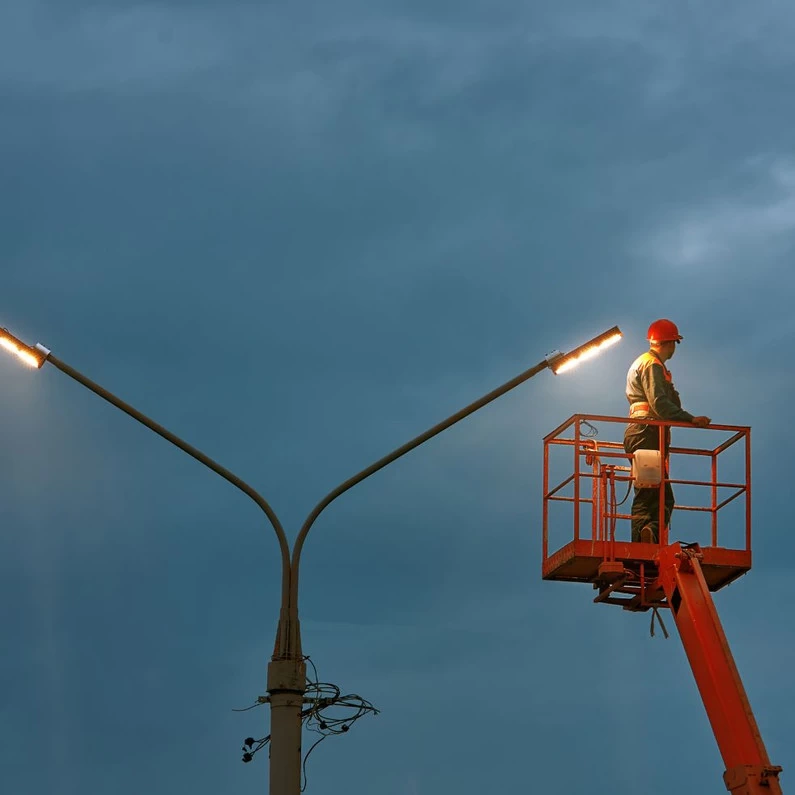
2. Why Won’t My LED Lights Work?
We’ve all been there: your outdoor lights worked perfectly yesterday, but today they’re either flickering or completely dead. What’s the deal? LED lights are generally robust, but several issues can throw a wrench in their performance.
2.1 Cheap Chips Lead to Trouble
You might not think much about the tiny chip inside your LED light, but this is where the magic happens—or doesn’t. If a manufacturer skimps on quality, the chip might not hold up, leading to dimming, flickering, or worse, leaving you wondering why your outside light won’t twist out or why your lights stopped working in the first place.
2.2 Wiring Woes
Poor wiring is a sneaky culprit. You might have noticed your outside light not working but has power, which is a tell-tale sign of faulty wiring. Sometimes, it’s simply a loose connection, but in other cases, corrosion or poor-quality wiring could be the source of your troubles. Loose or oxidized wires can make the whole system unreliable, giving you fits of flickering porch lights.
2.3 Power Supply Problems
If the heart of the LED system is the chip, then the power supply is its lifeblood. When this malfunctions, you’ll be left scratching your head as to why your led outdoor light isn’t working. Using subpar power supplies can lead to performance issues like flickering, dimming, or the entire system going out.
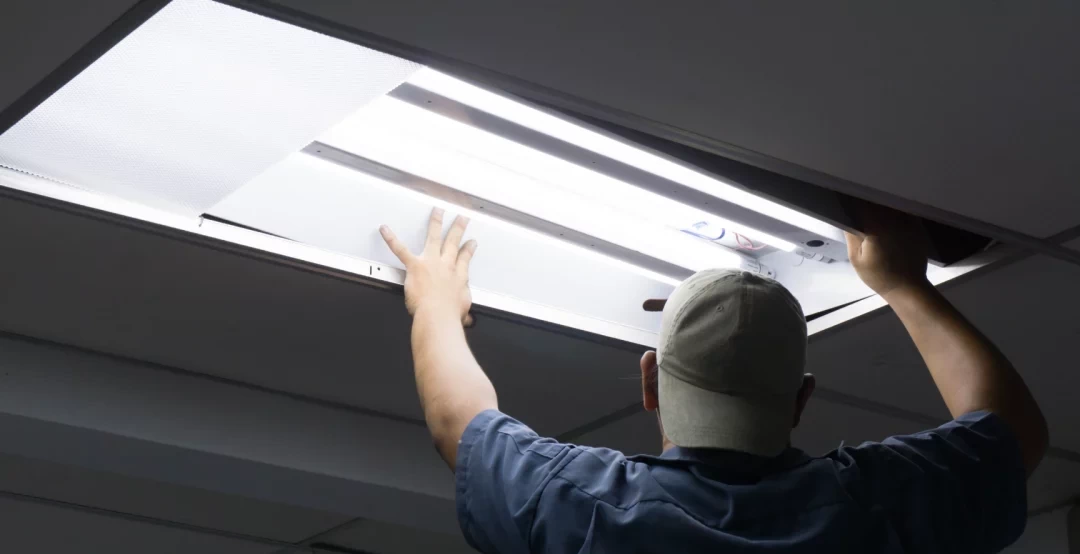
2.4 LED Light Material
For every 10℃ increase in the junction temperature of the LED chip , the service life of the semiconductor device will be greatly reduced. If the heat dissipation of the lamp housing is not good, it will cause the LED to age faster, the stability will decrease , and ultimately shorten the life.
In addition to the heat dissipation problem , the lamp housing also has the problem of structural strength . Some manufacturers reduce costs and significantly reduce material costs. Not only do they use inferior materials, but the thickness is getting thinner and thinner, resulting in sand holes, cold grids, and even cracks in the lamp housing. Shortly after the lamp is installed and used, water enters the light housing, causing the lamp to fail or even break .
Believe it or not, the housing that protects your outdoor light fixtures is vital. Poor-quality housings can let moisture in, which leads to corrosion, flickering, or total failure. Have you ever experienced garden lights not working after a rainy day? Good housing not only protects from water but also helps with heat dissipation, which is crucial for the longevity of LED lights.
2.5 Problems with welding wires in LEDs
The chemical stability of gold wire in LED is better than copper alloy wire , gold-plated silver alloy wire, silver alloy wire , etc. Although these alternative materials are better than gold wire in some aspects , they are much worse in chemical stability . For example, silver alloy wire and gold-plated silver alloy wire are easily corroded by sulfur / chlorine/bromine, while copper wire is prone to oxidation and sulfidation . When these alternatives are used in LED, the reliability of the light source is greatly reduced , making the LED lamp beads easily fail due to broken wires after a period of use.

| Problem | Likely Cause | Suggested Solution |
|---|---|---|
| Outdoor light not working | Faulty wiring or power supply | Inspect wiring, replace power unit |
| Flickering porch light | Loose connection or power fluctuation | Tighten wires, replace power supply |
| Outdoor string lights stopped working | Power supply failure | Replace the faulty power supply |
3. How to Fix Common Outdoor Light Issues
Outdoor lights that don’t work can quickly become a headache, especially when you’re relying on them for safety or ambiance. Here are some quick tips for tackling the most common problems.
3.1 Outside Light Won't Twist Out
You’ve tried everything but your outdoor light bulb won’t twist out. It’s stuck, stubborn, and frustrating. Here’s a trick: grab a rubber glove or a gripper to increase friction and try again. If it’s still stuck, check for corrosion around the base, which could be making it difficult to remove.
Common causes
- Rust or corrosion (common in wet outdoor environments)
- Stuck due to thermal expansion and contraction (the bulb and the lamp holder are tightly connected after long-term use)
- Overtight installation (tightened too tightly during the last replacement)
- Bulb cracked (only the metal base is stuck in the light holder)
- Waterproof seal adsorption or adhesion
Workaround
- Be sure to turn off the main power or light switch first to prevent electric shock.
- Wear rubber gloves (or use a dry towel) to hold the bulb tightly, and gently twist it left and right to try to twist it.
- Wrap a wide rubber band around the bottom of the bulb, and then twist it with your hand to increase friction.
- A small toilet suction cup can help hold the bulb; you can also use a large bottle cap to twist the top of the bulb.
- If it is obviously caused by rust, you can spray a small amount of rust remover at the junction of the lamp holder and the bulb, and then wait for 5-10 minutes before trying to twist it out.
- If the bulb is broken, you can buy a professional broken bulb extractor, insert it into the lamp holder and twist it out.
3.2 LED Outdoor Light Not Working?
When your led outdoor lights aren’t working, the first thing you should check is the circuit breaker. If that’s fine, inspect the wiring and power supply. Sometimes, a simple power issue can cause the whole fixture to fail, and fixing or replacing the power supply will often do the trick.
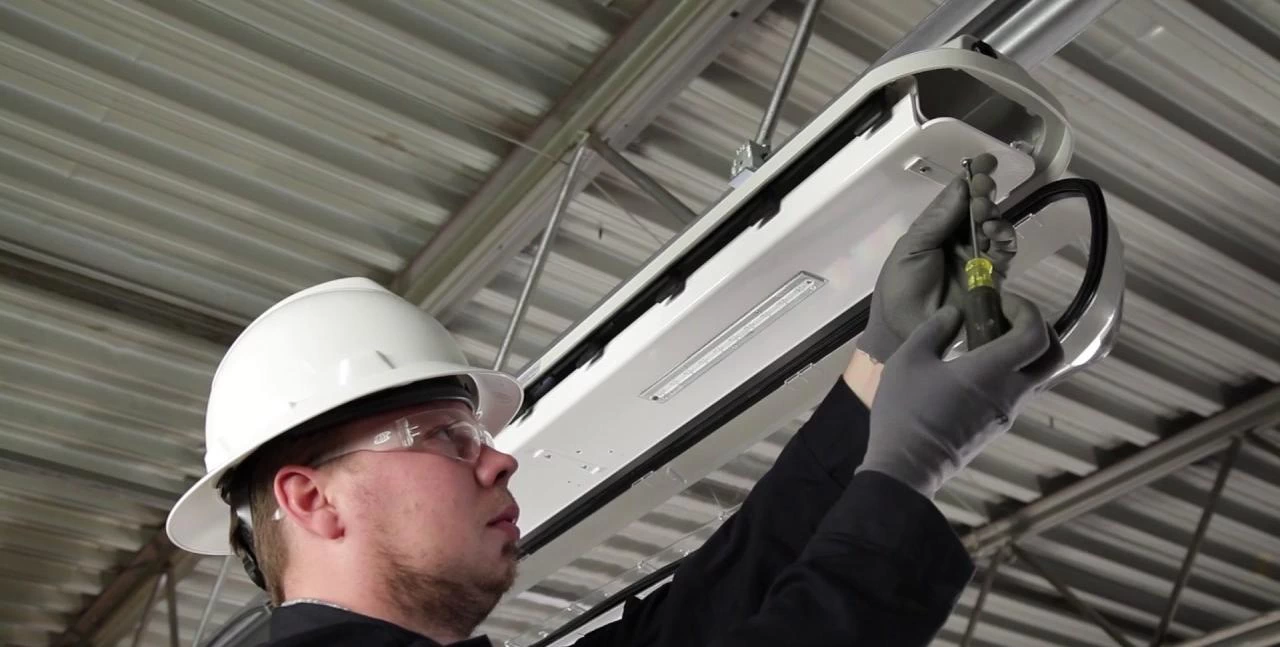
4. Exterior Lighting Repair and Replacement
4.1 Replacing A Porch Light
If you’ve got a flickering porch light or it’s stopped working altogether, it may be time to swap it out. Replacing a porch light is simpler than you think. Turn off the power, unscrew the fixture, disconnect the wires, and install the new one in reverse order. Make sure to use fixtures that are rated for outdoor use to avoid future headaches, like flickering landscape lights.
4.2 How to Replace an Outdoor Light
Not sure how to replace an outdoor light? It’s easier than you’d expect. The key is to match the wattage and voltage of your new fixture to the existing one. This avoids overload and unnecessary outdoor bulb replacements down the line. Taking care of your lights with the right parts ensures your lighting system will be up and running for the long haul.
5. Landscape Lighting: Avoiding Common Pitfalls
Homes and Gardens landscape lighting can bring charm to your outdoor spaces, but if you don’t maintain them properly, they’ll stop working before you know it. Landscape lighting troubleshooting can often be resolved with a quick inspection of the connections and transformer.
5.1 Troubleshooting Low Voltage Lighting
Low voltage systems can be a bit tricky. If your low voltage lighting is too dim, it might be due to voltage drop. Make sure the transformer is strong enough to handle the load. If the lights are still dimming or flickering, you might need to reconfigure your layout or use higher-quality wiring.
6. Conclusion
Outdoor lighting is as much about aesthetics as it is about functionality. Whether you’re facing outdoor lighting problems, flickering porch lights, or just need advice on replacing an outdoor light fixture, understanding the basics can save you time and frustration. Don’t let your lighting systems leave you in the dark—regular maintenance, combined with knowing how to repair LED lighting, will keep your outdoor spaces shining bright.
7. People Also Ask
How to prevent outside light bulbs from getting stuck in future?
- Lubricate the threads regularly (anti-rust lubricant).
- Clean the threads and keep the interface clean.
- Do not install wet, make sure the lamp holder is dry before installation.
- Choose weather-resistant materials (such as ceramic and plastic lamp holders).
- Operate with power off to avoid disassembly during thermal expansion and contraction.
- Tighten gently and avoid excessive force.
Do LED Lights Hurt Your Eyes?
Choosing high-quality LED lights and using them properly (controlling brightness/color temperature/avoiding direct viewing) will not hurt your eyes. Poor-quality products or improper use will only cause risks.
However, you still need to pay attention to blue light risks, stroboscopic hazards, and glare protection to have the best lighting experience.
Do LED Lights Cause Cancer?
Not at all. Don’t be misled by exaggerated information on the Internet. Neither WHO nor AMA has listed LED lighting as a carcinogen.
Rather than worrying about LED causing cancer, it is more meaningful to control the time of electronic screens at night and maintain a regular schedule to prevent cancer. Choose high-quality LED products that meet the standards and can be used safely.

